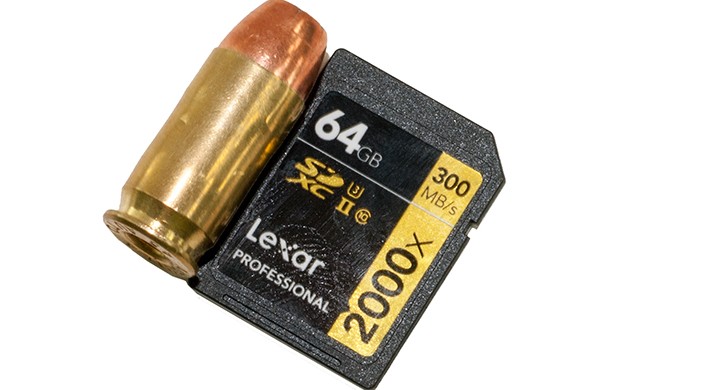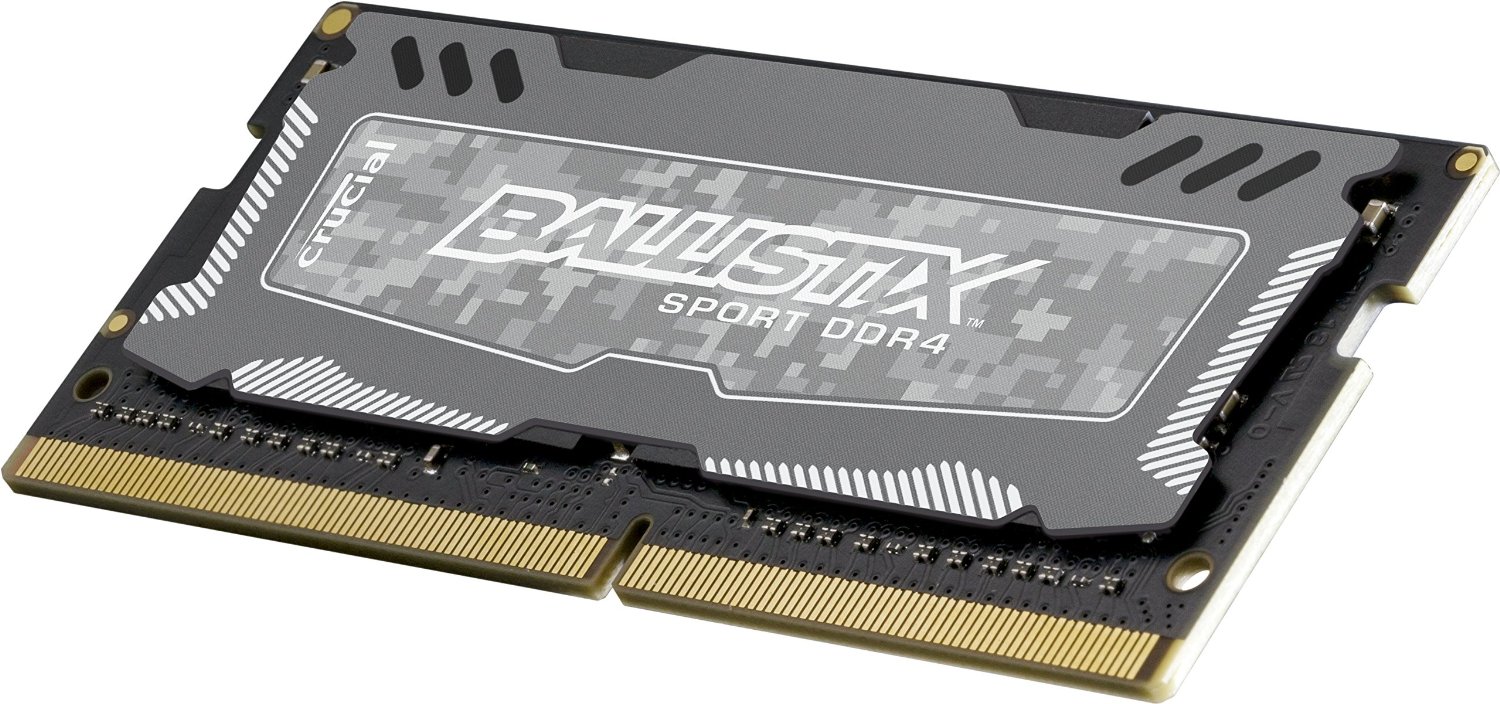 As this is part of Lexar’s Professional series it comes as little surprise to see the shipping container is a near clone of the CompactFlash and CFast models. In fact, the only major differences are the label used and the picture. This can make accidentally buying the wrong type a touch easier than we would like.
As this is part of Lexar’s Professional series it comes as little surprise to see the shipping container is a near clone of the CompactFlash and CFast models. In fact, the only major differences are the label used and the picture. This can make accidentally buying the wrong type a touch easier than we would like.
 On the positive side this elegant shipping container not only goes over the usual details but also states what the card’s performance rating is in MB/s. More importantly it lists both the read and write performance specifications. In the 2000x this means 300Mb/s read and 260Mb/s write – both of which are rather impressive for a SDHX card!
On the positive side this elegant shipping container not only goes over the usual details but also states what the card’s performance rating is in MB/s. More importantly it lists both the read and write performance specifications. In the 2000x this means 300Mb/s read and 260Mb/s write – both of which are rather impressive for a SDHX card!
 Opening up and looking inside we can see another point of variance between this new series and the typical Lexar Professional: the included accessories! Usually Lexar gives consumers a serial number for their Image Rescue 5 program, a clear storage case for the card itself… and that is about it. In this instance though Lexar has also included a USB UHS-II SD card reader!
Opening up and looking inside we can see another point of variance between this new series and the typical Lexar Professional: the included accessories! Usually Lexar gives consumers a serial number for their Image Rescue 5 program, a clear storage case for the card itself… and that is about it. In this instance though Lexar has also included a USB UHS-II SD card reader! In testing it offered similar levels of performance to their WorkFlow series, but is meant to be directly attached to a USB port instead of tethered via a USB 3.0 cable. In either case, just like the WorkFlow series you simply plug the 2000x card into the card reader, and then plug the reader in to a USB 3.0 port. Equally important is this card reader will work with all SD cards. Everything from old no-name SD cards, to large SDXC UHS-I cards, to even the 1866 and 2000x UHS-II cards. This reader simply worked. Put another way this included accessory goes a long, long way to justifying the asking price of the Professional 2000x series.
In testing it offered similar levels of performance to their WorkFlow series, but is meant to be directly attached to a USB port instead of tethered via a USB 3.0 cable. In either case, just like the WorkFlow series you simply plug the 2000x card into the card reader, and then plug the reader in to a USB 3.0 port. Equally important is this card reader will work with all SD cards. Everything from old no-name SD cards, to large SDXC UHS-I cards, to even the 1866 and 2000x UHS-II cards. This reader simply worked. Put another way this included accessory goes a long, long way to justifying the asking price of the Professional 2000x series.
 From the top the Lexar Professional 2000x UHS-II SDHX card looks just like any other SD card. That is to say thin (2.1 mm), narrow (24.0 mm), and not rather long (32.0 mm). As stated earlier in this review, this has been done on purpose as this new model is truly backwards compatible and does not require UHS-II devices to work.
From the top the Lexar Professional 2000x UHS-II SDHX card looks just like any other SD card. That is to say thin (2.1 mm), narrow (24.0 mm), and not rather long (32.0 mm). As stated earlier in this review, this has been done on purpose as this new model is truly backwards compatible and does not require UHS-II devices to work.
 Once you flip over this plastic clad card and take a look at the other side, exactly how this was accomplished becomes fairly evident. Basically when used in UHS-I devices only the top most row of pins will be active and the back row will not. The onboard controller is smart enough to then put itself into backwards compatibility mode and negotiate the speed that the device’s controller can handle.
Once you flip over this plastic clad card and take a look at the other side, exactly how this was accomplished becomes fairly evident. Basically when used in UHS-I devices only the top most row of pins will be active and the back row will not. The onboard controller is smart enough to then put itself into backwards compatibility mode and negotiate the speed that the device’s controller can handle.
Of especial note is, unlike SanDisk’s 1866x Extreme series, this also means being able to handle UHS-I’s DDR104 speed standard instead of skipping all the way down to 50MB/s.
If on the other hand you are lucky enough to own a UHS-II enabled device all pins will be active – including the second row. This signals the controller to start negotiations at its top speed and only work its way down. This provides optimal performance across a wide swath of devices and allows the Lexar 2000x to be truly future proof.
ADVERTISEMENT
Lexar Pro 2000x
ADVERTISEMENT
ADVERTISEMENT
Page 4 of 8
ADVERTISEMENT
Leave Comment











